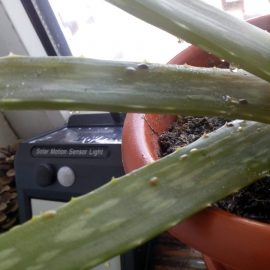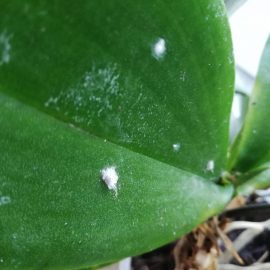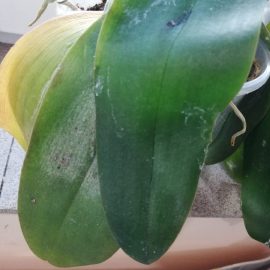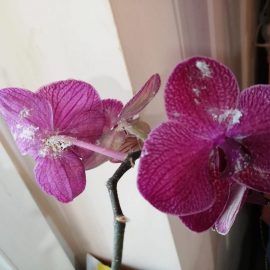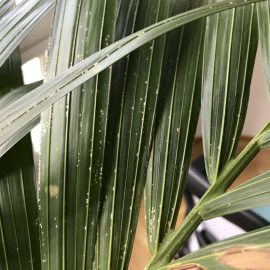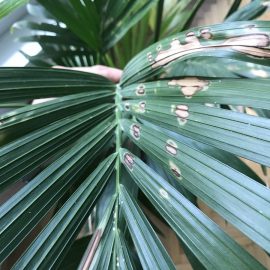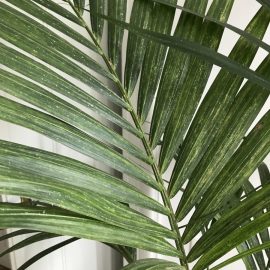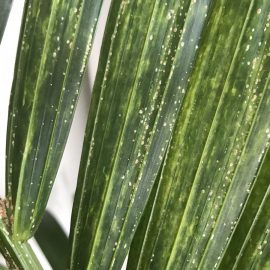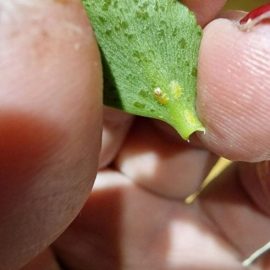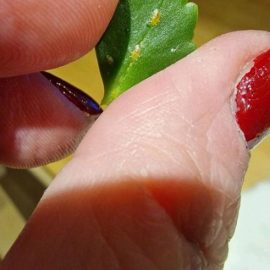The European fruit lecanium (Parthenolecanium corni) – pest management
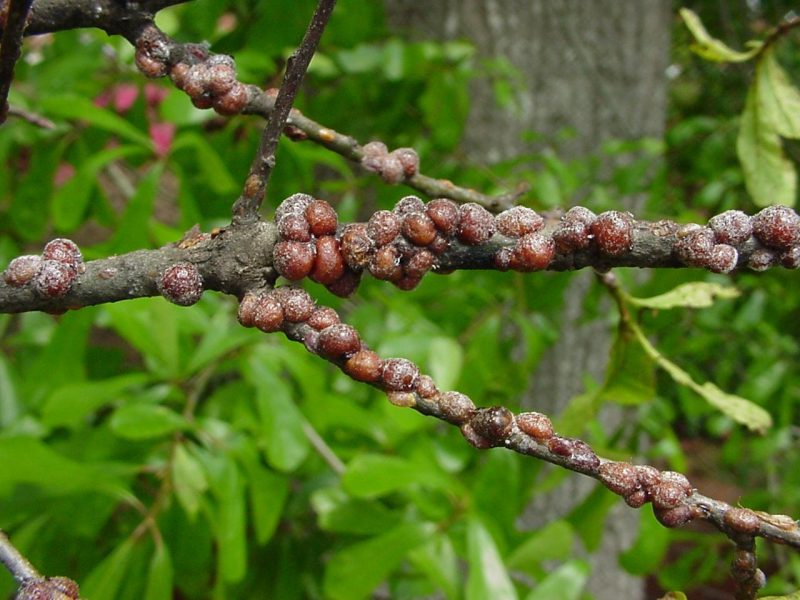
The European fruit lecanium (Parthenolecanium corni) is widespread in all European countries.
Description. The female has a body that is 4-6 mm long and 2-4 mm wide, oval in shape, strongly gibbous dorsally, colored in reddish-brown, with darker stripes. The male has an elongated body, 1.5-2 mm long, reddish-brown. The larva, when fully developed, is similar to the adult insect, it is 2.5-3 mm long, brown, flat, oval-elongated.
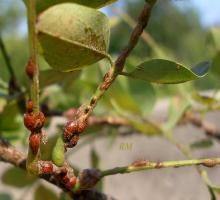
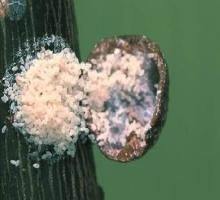
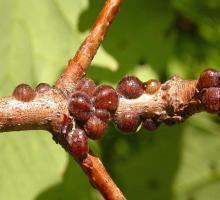
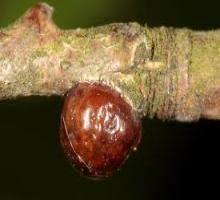
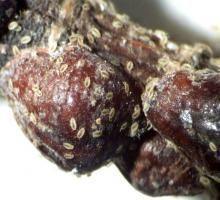
The European fruit lecanium produces only one generation per year and overwinters in the larval stage of the second stage, on branches, stems, or under fallen leaves.
Biology. Their body is covered with a thin shield of wax (shell) that protects them from the weather. At the end of March, when the temperature reaches 7º C, under the action of the sun’s rays, the wax layer dissolves and the young larvae migrate on the shoots, where they settle. After mating, in mid-May, females begin to lay eggs. The eggs are laid under the female’s body, which, after its death, turns into a protective shield. Incubation lasts 20-30 days, and the larvae appear starting with the second decade of June, leaving the female’s protective shield and migrating to the underside of the leaves, usually settling along the main rib, where they sting and suck the intracellular fluid.
Attacked plants and damages. It is one of the main pests of plum orchards, especially in the plantations located in hilly regions. It can also be found in peach, acacia, oak, elm, dogwood, grapevine, herbaceous and ornamental plants, etc. Both larvae and females colonize the bark and branches of trees, stinging and necrotizing the tissues. Following the attack, the leaves are partially or totally etiolated and fall, the harvest is diminished annually, and the neglected trees dry up. The attacked parts are covered by their sweet droppings, “honeydew”, on which sooty mold develops, which reduces photosynthesis.
Control. It is recommended to carry out treatments during the vegetative dormancy period with horticultural oil. During the vegetative growth period, when the larvae appear, treatments with specific insecticides must be carried out.
Recommended products
-
You can find products on a different store
Change Store -
You can find products on a different store
Change Store -
You can find products on a different store
Change Store -
You can find products on a different store
Change Store -
You can find products on a different store
Change Store -
You can find products on a different store
Change Store -
You can find products on a different store
Change Store -
You can find products on a different store
Change Store -
You can find products on a different store
Change Store -
You can find products on a different store
Change Store -
You can find products on a different store
Change Store -
You can find products on a different store
Change Store -
You can find products on a different store
Change Store -
You can find products on a different store
Change Store -
You can find products on a different store
Change Store -
You can find products on a different store
Change Store -
You can find products on a different store
Change Store -
You can find products on a different store
Change Store -
You can find products on a different store
Change Store -
You can find products on a different store
Change Store -
You can find products on a different store
Change Store -
You can find products on a different store
Change Store -
You can find products on a different store
Change Store -
You can find products on a different store
Change Store
It is also recommended to use an adjuvant.
Recommended products
-
You can find products on a different store
Change Store -
You can find products on a different store
Change Store -
You can find products on a different store
Change Store -
You can find products on a different store
Change Store -
You can find products on a different store
Change Store -
You can find products on a different store
Change Store -
You can find products on a different store
Change Store -
You can find products on a different store
Change Store -
You can find products on a different store
Change Store -
You can find products on a different store
Change Store -
You can find products on a different store
Change Store -
You can find products on a different store
Change Store -
You can find products on a different store
Change Store -
You can find products on a different store
Change Store -
You can find products on a different store
Change Store -
You can find products on a different store
Change Store -
You can find products on a different store
Change Store -
You can find products on a different store
Change Store -
You can find products on a different store
Change Store -
You can find products on a different store
Change Store -
You can find products on a different store
Change Store -
You can find products on a different store
Change Store -
You can find products on a different store
Change Store -
You can find products on a different store
Change Store














































































































































































































































































































































































































































